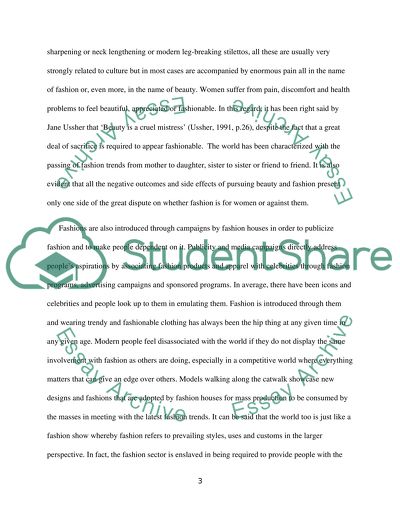Cite this document
(“Is Modern Fashion Enslaving or Liberating Dissertation”, n.d.)
Retrieved from https://studentshare.org/culture/1394379-is-modern-fashion-enslaving-or-liberating
Retrieved from https://studentshare.org/culture/1394379-is-modern-fashion-enslaving-or-liberating
(Is Modern Fashion Enslaving or Liberating Dissertation)
https://studentshare.org/culture/1394379-is-modern-fashion-enslaving-or-liberating.
https://studentshare.org/culture/1394379-is-modern-fashion-enslaving-or-liberating.
“Is Modern Fashion Enslaving or Liberating Dissertation”, n.d. https://studentshare.org/culture/1394379-is-modern-fashion-enslaving-or-liberating.


